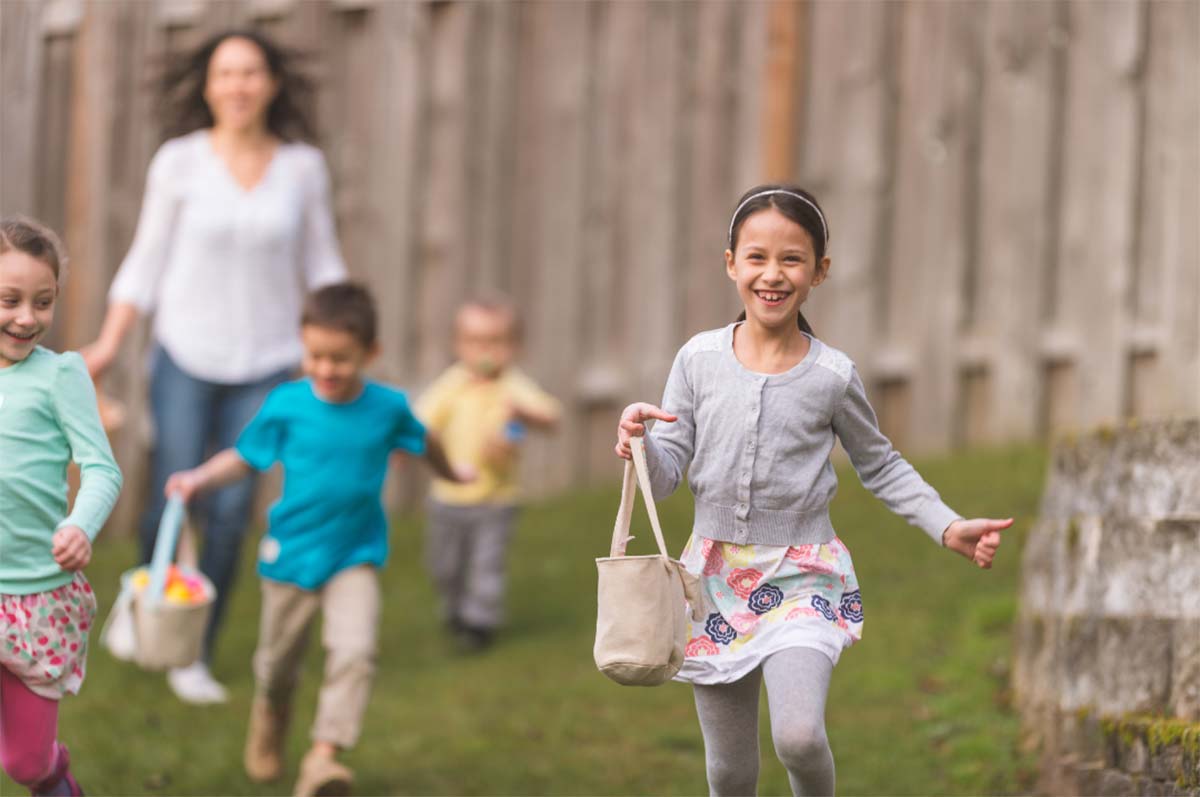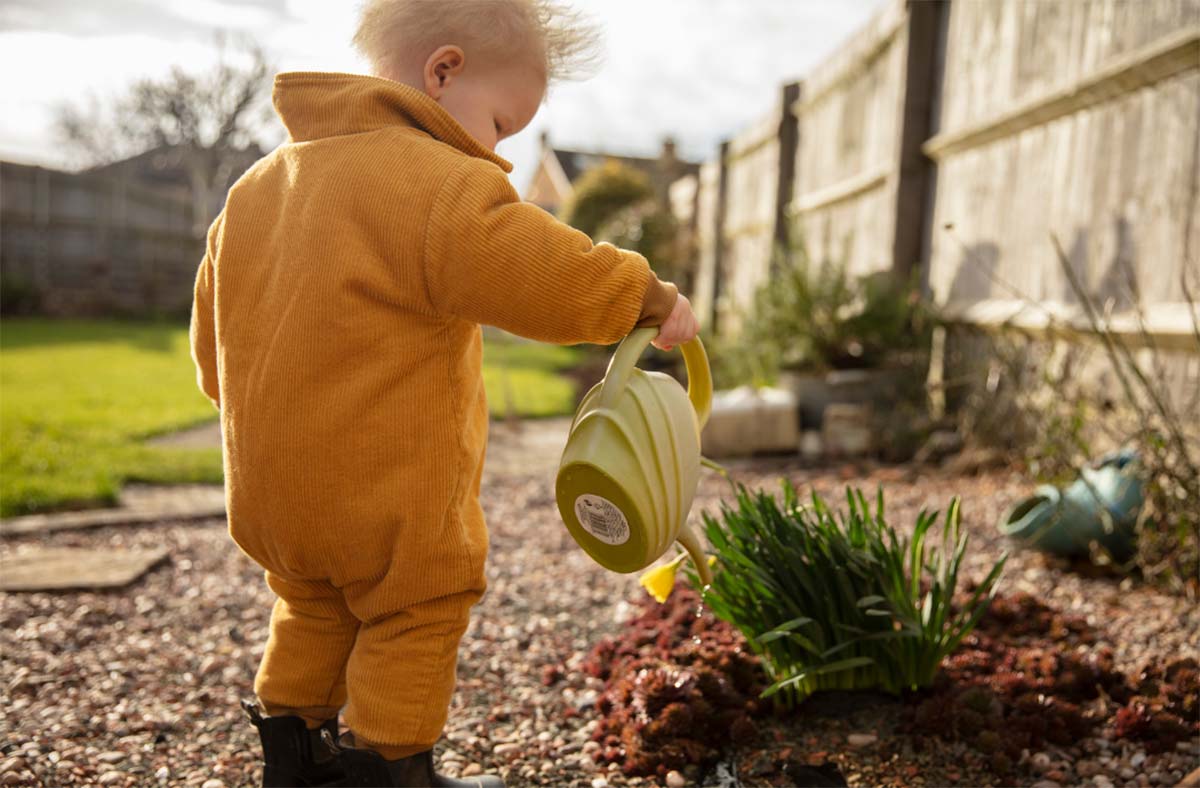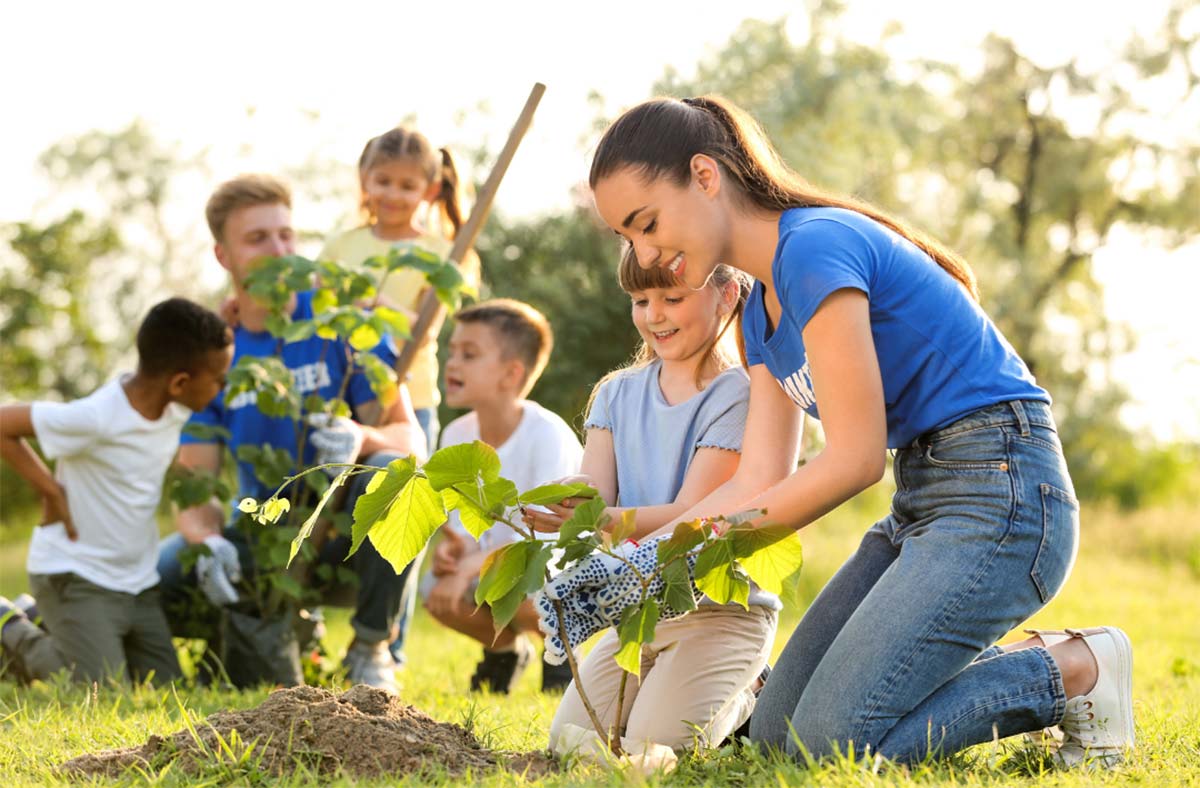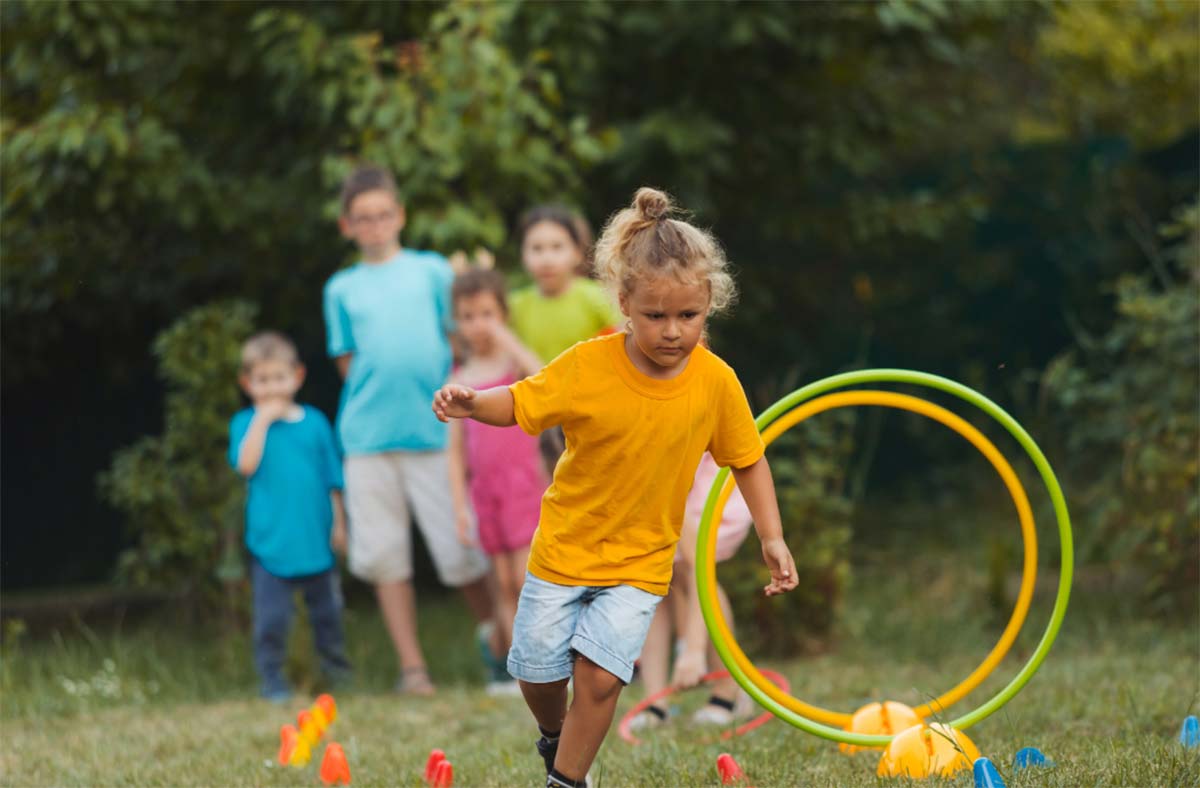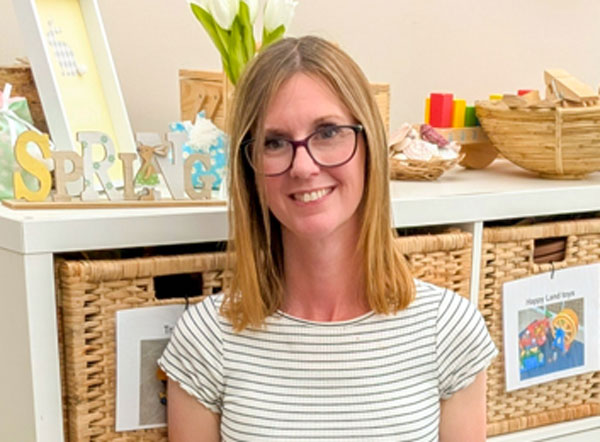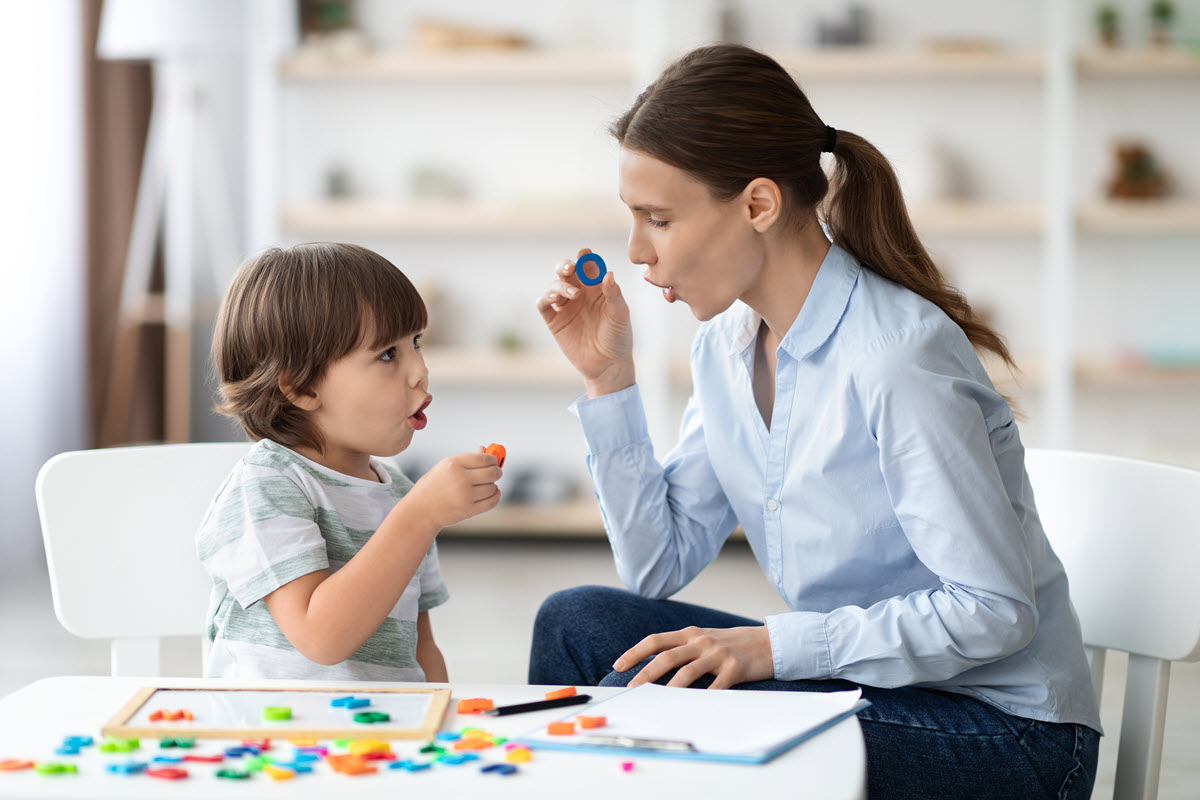At Elklan, we know that meaningful, functional communication happens best when children are engaged — and what better time to tap into that natural curiosity than spring? As nature wakes up, so too does the world of opportunity around us to support children’s speech, language and communication development through seasonal, real-life experiences.
Research consistently shows that language develops most effectively through interaction and context-rich experiences. According to Hart & Risley’s seminal 1995 study, the quantity and quality of language exposure are strongly linked to later language outcomes. More recent findings have emphasised the importance of responsive, contingent communication — where adults follow the child’s lead, respond meaningfully, and build on their interests (Tamis-LeMonda et al., 2014). This means that when children are motivated and curious — for example, while exploring outdoors in spring — they’re primed to absorb and use new language.
Outdoor environments, in particular, are rich in communication opportunities. The Communication Trust (2017) highlights that everyday experiences — like playing outside, planting seeds, or looking at bugs — offer natural opportunities for children to hear, understand, and use new words in meaningful contexts. These activities can support vocabulary growth, improve attention and listening skills, and encourage turn-taking and social interaction — especially for children with speech, language and communication needs (SLCN).
At Elklan, we focus on equipping practitioners and families with practical, evidence-informed strategies that can be woven into everyday life. So, with spring in full swing, here are some simple seasonal activities you can use to boost communication — all while having fun.
🐞 1. Springtime Treasure Hunts
Nature hunts are brilliant for encouraging observation and descriptive language. You can create simple checklists using words, symbols or pictures, depending on the child’s age and language level.
Try hunting for:
- Something green
- Something that smells nice
- Something rough/smooth
- Something moving
Supports:
- Vocabulary development: Words like “leaf,” “twig,” “bud,” or “feather” can be explored in real life, making them more memorable.
- Concepts and descriptive language: Children practise describing what they find using colours, textures and shapes.
- Listening and attention: Following instructions and staying on task.
Link to research: Studies suggest that children learn new words more effectively when they encounter them in real-life, hands-on contexts (Dockrell, Stuart, & King, 2010).
🌼 2. Plant and Chat
Planting seeds and watching them grow offers rich opportunities for both expressive and receptive language. Children can help dig, water, and observe as their plants change over time.
Supports:
- Action words: “dig,” “pour,” “water,” “grow”
- Sequencing: Use visuals or language prompts to support sentences like “First we add soil, then we put the seed in.”
- Concepts: Big/small, wet/dry, fast/slow.
Adaptation tip: For children with emerging spoken language, consider using core vocabulary boards or signing to support their participation.
🐣 3. Spring Story Time
Spring-themed books can be a launchpad for all kinds of language development. Choose stories about baby animals, the changing weather, or plants growing, and use them as the basis for shared reading, role play or drawing activities.
Supports:
- Narrative skills: Understanding story structure (beginning, middle, end).
- Vocabulary building: Reinforcing spring-related words through repetition and discussion.
- Inferencing: Predict what might happen next, or how a character feels.
Book idea: The Tiny Seed by Eric Carle or A Little Guide to Nature by Charlotte Voake.
Link to research: Shared book reading has been shown to support vocabulary, sentence development, and phonological awareness, especially when adults actively discuss the story and engage children in interaction (Justice & Kaderavek, 2004).
🌦 4. Weather Watchers
Weather changes frequently in April, offering daily chances for descriptive language and simple science discussions.
Make a daily weather chart and talk about:
- What you see: “There are grey clouds.”
- What it feels like: “It’s windy today.”
- What might happen next: “It looks like it could rain!”
Supports:
- Descriptive language
- Temporal concepts: today, yesterday, tomorrow
- Sentence structure and grammar
Extension activity: Draw or write about what you would wear for today’s weather, supporting reasoning and planning.
🐝 5. Bug Hotel Builders
Creating a bug hotel is a brilliant project to build teamwork and communication, as well as observation skills. Use natural materials — sticks, pine cones, bark, straw — and encourage children to build a habitat.
Supports:
- Problem-solving language: “What could we use for the roof?”
- Turn-taking and planning: “You hold it, I’ll tie it.”
- Asking questions and making predictions
Link to research: Outdoor, inquiry-based activities support not only science learning but also the development of expressive and social communication skills (Waite, 2011).
Why These Activities Matter
Children with SLCN often need more repetition and more exposure to new words and concepts in a variety of contexts. Seasonal activities are ideal for this. They bring language to life, connect with children’s interests, and can be tailored to individual goals.
Plus, these activities help foster joint attention — the shared focus between a child and adult that is so crucial for early language development. By slowing down, tuning in, and talking with children rather than to them, we create powerful opportunities for communication to grow.
🌸 Final Thoughts
Spring is a time of growth, and that applies to language too. With a few simple tweaks, everyday outdoor activities can become rich language-learning moments — supporting not just vocabulary, but curiosity, confidence, and connection.
At Elklan, our courses are packed with strategies just like these — easy to use, evidence-based, and adaptable for all settings. Whether you're in early years, mainstream education or specialist provision, we’re here to help you support children’s communication every day of the year.
So grab your wellies and get outside — language is blooming all around us!
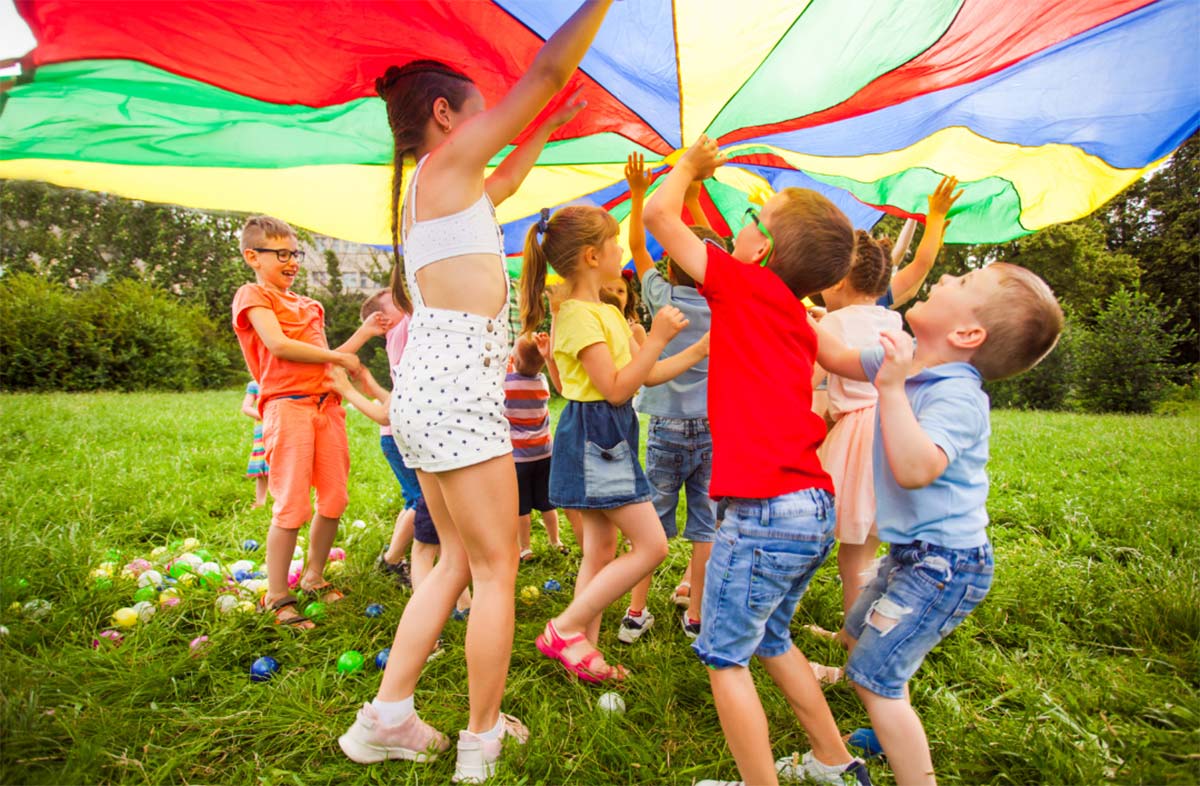
References
- Dockrell, J., Stuart, M., & King, D. (2010). Supporting oral language skills in the early years. International Journal of Language & Communication Disorders, 45(6), 681–702.
- Hart, B., & Risley, T. R. (1995). Meaningful Differences in the Everyday Experience of Young American Children. Paul H Brookes Publishing.
- Justice, L. M., & Kaderavek, J. N. (2004). Embedded-explicit emergent literacy intervention. Language, Speech, and Hearing Services in Schools, 35(3), 254–267.
- Tamis-LeMonda, C. S., Kuchirko, Y., & Song, L. (2014). Why is infant language learning facilitated by parental responsiveness? Current Directions in Psychological Science, 23(2), 121–126.
- The Communication Trust. (2017). Universally Speaking: Ages and Stages of Children’s Communication Development.
- Waite, S. (2011). Teaching and learning outside the classroom: personal values, alternative pedagogies and standards. Education 3–13, 39(1), 65–82.
